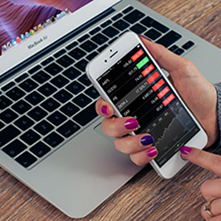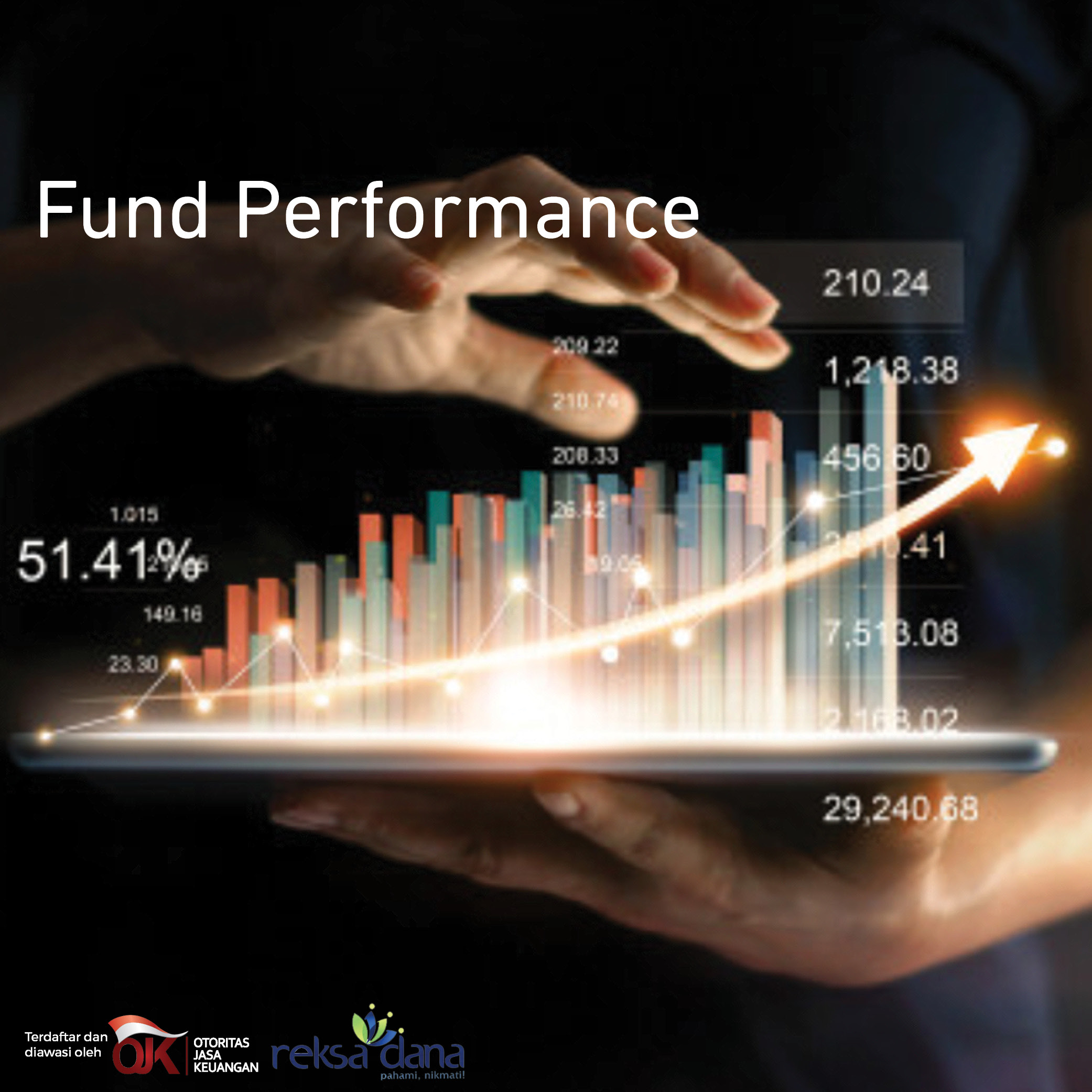Unfavorable global trade condition
Covid-19 pandemic brings unprecedented disruption towards global trade including to Indonesia. Not only some restrictions of traded goods, the pandemic drags plenty of commodities prices down. According to Indonesia Statistic Office (BPS), Indonesia booked trade deficit at USD344.5 mn, which was wider than consensus at USD200 mn deficit but lower than our estimate at USD915 mn deficit in Apr-20. It also much worsened compared to Mar-20 surplus of USD715.7 mn. Exports and imports showed negative growth where the exports decline at 7.02% YoY and import contracted more by 18.6% YoY. However, trade performance in 2018 and 2019 were way worse than Jan-Apr 2020 performance with USD2.25 bn surplus. This could be a signal of 2020 weaker global demand of Indonesia’s export, supported by the lower inflation of OECD member states from 2.3% in Feb-20 to 1.7% in Mar-20 with lower trend ahead.
Price effect plays bigger role
Export plunge was mainly caused by the price fall of almost all important commodities such as palm oil (-4.1% MoM), coal (-12.1% MoM) and rubber (-11.3% MoM). On the oil and gas (OG) sector, interestingly, even the volume of exported oil increased by 26.4% MoM, the price effect brought the value slipped by 1.81% MoM as the price of oil was down 22.3% MoM. It brought the contraction of OG sector at 13.3% MoM. The overall non-OG sector export slipped as well by 13.7% MoM where the main laggards were from vehicle and its parts (-56.9% MoM to USD282.8 mn) and apparel and clothing accessories (-38.7% to USD215.9 mn). Although mineral fuels, mineral oils and products of their distillation export value decreased by 22.1% MoM, it still took place as the biggest contributor of export in non-OG sector. Amid the bad news,export to China started to flourish as it grew by 11.5% MoM to USD2.2 bn or the biggest contributor to Indonesia total export (16% to total non-OG export).
Price effect threatens the import side as well
Based on the use of the imported goods, consumption goods decreased by 4.03% MoM to USD1.22 bn as the imported goods related to Eid have been imported in Mar-20 previously. The raw/intermediate good fell by -9.0% MoM to USD9.36 bn but capital goods increased by -9.0% MoM to USD1.96 bn though on yearly basis it contracted by 17.1% YoY. Thus, raw/intermediate good still ranks the chart as the biggest imported goods (74.6% of total import), followed by capital goods (15.7%) and consumption goods (9.71%). The fall of imports on such inputs that are needed in domestic production threatens domestic manufacturer since they will face some shortage on their input. Based on the goods classification, machine and mechanical equipment were the highest contributor of import where it fell by -10.1% MoM to USD7.9 bn but still contributed as much as 17.3% to total import. This is related to IHS Markit Indonesia Manufacturing Purchasing Managers’ Index (PMI) that fell to 27.5 in Apr-20. This reflected the sinking of business confidence triggering companies to scale back sharply on purchasing activity and input inventories including the imported ones.
Lockdown upends the economy but needed
Related to large-scale social restriction (PSBB), factories shutdowns bring disruption to domestic production as the supply chains of the production factors were under pressure as well as the labors are under quarantine. With the peak of outbreak that has not been seen in Indonesia, we see PMI below 50 will last until next two months if there are no any significant intervention from the government especially whenthe imported inputs are disrupted. However, the goal of PSBB itself is to bring the pandemic under control so the economic growth can be pursued right after the real problem is addressed well. Looking at the smaller trade deficit compared to 2018 and 2019, it may bring positive sentiment on rupiah where the currency appreciation is getting firmer under Rp15,000/USD. With the China recovery, we expect a better trade performance in May-20. Before Indonesia successfully contain the pandemic, we can only hope the trade performance will be getting better when another countries as our key trade peers exhibit recovery from Covid-19.
















